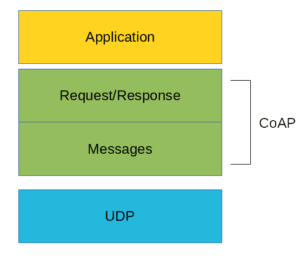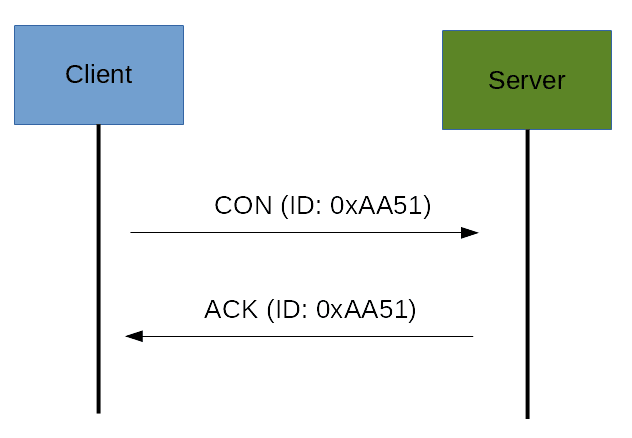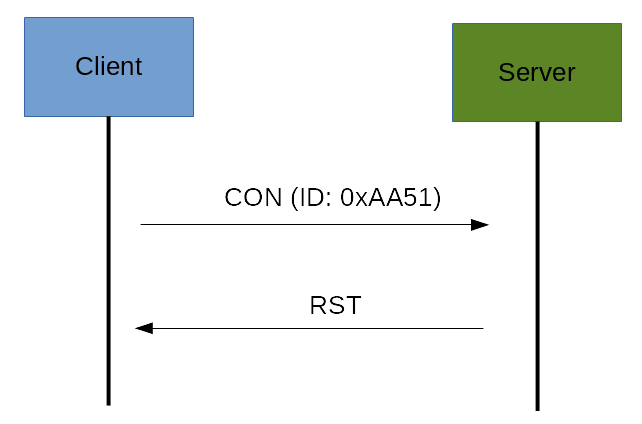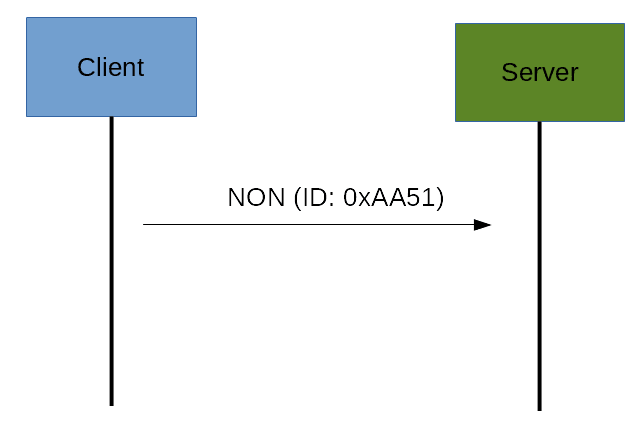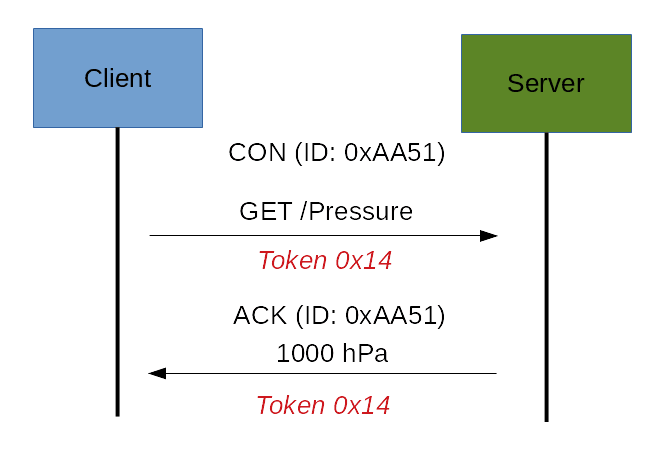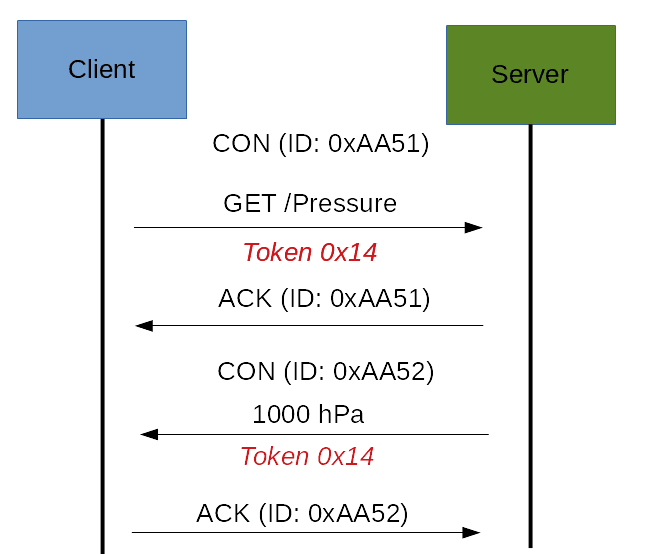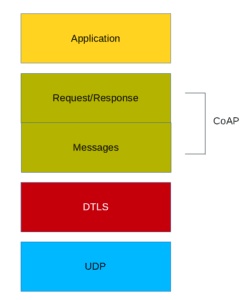CoAP Protocol: Step by step guide
This article describes what is CoAP and how to use it in the Internet of things. CoAP is an IoT protocol that has interesting features specifically designed for constrained devices. There are other IoT protocols useful to build IoT solution as MQTT and so on.
Internet of things is nowadays a great reality and one of the most interesting and promising technology trend. Internet of things is an ecosystem where objects, people, devices are interconnected and exchange data. In this blog, we have covered the Internet of things from several points of views developing IoT projects and covering several aspects related to IoT.
What is CoAP protocol?
As said before CoAP is an IoT protocol. CoAP stands for Constrained Application Protocol and it is defined in RFC 7252. CoAP is a simple protocol with low overhead specifically designed for constrained devices (such as microcontrollers) and constrained networks. This protocol is used in M2M data exchange and it is very similar to HTTP even if there are important differences that we will cover laters.
The main features of CoAP protocols are:
- Web protocol used in M2M with constrained requirements
- Asynchronous message exchange
- Low overhead and very simple to parse
- URI and content-type support
- Proxy and caching capabilities
As you may notice, some features are very similar to HTTP even if CoAP must not be considered a compressed HTTP protocol because CoAP is specifically designed for IoT and in more details for M2M so it is very optimized for this task.
From the abstraction protocol layer, CoAP can be represented as:
As you can see there are two different layers that make CoAp protocol: Messages and Request/Response. The Messages layer deals with UDP and with asynchronous messages. The Request/Response layer manages request/response interaction based on request/response messages.
CoAP supports four different message types:
- Confirmable
- Non-confirmable
- Acknowledgment
- Reset
Before going deeper into the CoAp protocol structure is useful to define some terms that we will use later:
Endpoint: An entity that participates in the CoAP protocol. Usually, an Endpoint is identified with a host
Sender: The entity that sends a message
Recipient: The destination of a message
Client: The entity that sends a request and the destination of the response
Server: The entity that receives a request from a client and sends back a response to the client
CoAP Messages Model
This is the lowest layer of CoAP. This layer deals with UDP exchanging messages between endpoints. Each CoAP message has a unique id, this is useful to detect message duplicates. A CoAP message is built by these parts:
- a binary header
- a compact options
- payload
Later, we will describe the message format in more details.
As said before, the CoAP protocol uses two kind of messages:
- Confirmable message
- Non-confirmable message
A confirmable message is a reliable message. When exchanging messages between two endpoints, these messages can be reliable. In CoAP a reliable message is obtained using a Confirmable message (CON). Using this kind of message, the client can be sure that the message will arrive at the server. A Confirmable message is sent again and again until the other party sends an acknowledge message (ACK). The ACK message contains the same ID of the confirmable message (CON).
The picture below shows the message exchange process:
If the server has troubles managing the incoming request it can send back a Rest message (RST) instead of the Acknowledge message (ACK):
The other message category is the Non-confirmable (NON) messages. These are messages that don’t require an Acknowledge by the server. They are unreliable messages or in other words messages that do not contain critical information that must be delivered to the server. To this category belongs messages that contain values read from sensors.
Even if these messages are unreliable, they have a unique ID.
CoAp Request/Response Model
The CoAP Request/Response is the second layer in the CoAP abstraction layer. The request is sent using a Confirmable (CON) or Non-Confirmable (NON) message. There are several scenarios depending on if the server can answer immediately to the client request or the answer if not available:
If the server can answer immediately to the client request then if the request is carried using a Confirmable message (CON) then the server sends back to the client an Acknowledge message containing the response or the error code:
As you can notice in the CoAP message there is a Token. The Token is different from the Message ID and it is used to match the request and the response.
If the server can’t answer to the request coming from the client immediately, then it sends an Acknowledge message with an empty response. As soon as the response is available then the server sends a new Confirmable message to the client containing the response. At this point the client sends back an Acknowledge message:
If the request coming from the client is carried using a NON-confirmable message then the server answer using a NON-confirmable message.
CoAp Message Format
This paragraph covers the CoAP Message format. By now we have discussed different kinds of messages exchanged between the client and the server, now it is time to analyze the message format. The constrained application protocol is meat for constrained environments and for this reason, it uses compact messages. To avoid fragmentation, a message occupies the data section of a UDP datagram. A message is made by several parts:
Where:
Ver: It is a 2 bit unsigned integer indicating the version
T: it is a 2 bit unsigned integer indicating the message type: 0 confirmable, 1 non-confirmable
TKL: Token Length is the token 4 bit length
Code: It is the code response (8 bit length)
Message ID: It is the message ID expressed with 16 bit
and so on.
More useful resources:
CoAP security aspects
One important aspect when dealing with IoT protocols is the security aspects. As stated before, CoAP uses UDP to transport information. CoAP relies on UDP security aspects to protect the information. As HTTP uses TLS over TCP, CoAP uses Datagram TLS over UDP. DTLS supports RSA, AES and so on. Anyway, we should consider that in some constrained devices some of DTLS cipher suits may not be available. It is important to notice that some cipher suites introduces some complexity and constrained devices may not have resources enough to manage it.
CoAP vs MQTT
An important aspect to cover is the main differences between CoAP and MQTT. As you may know MQTT is another protocol widely used in IoT. There are several differences between these two protocols. The first aspect to notice is the different paradigm used. MQTT uses a publisher-subscriber while CoAP uses a request-response paradigm. MQTT uses a central broker to dispatch messages coming from the publisher to the clients. CoAP is essentially a one-to-one protocol very similar to the HTTP protocol. Moreover, MQTT is an event oriented protocol while CoAP is more suitable for state transfer.
| Published on Java Code Geeks with permission by Francesco Azzola, partner at our JCG program. See the original article here: CoAP Protocol: Step by step guide Opinions expressed by Java Code Geeks contributors are their own. |

